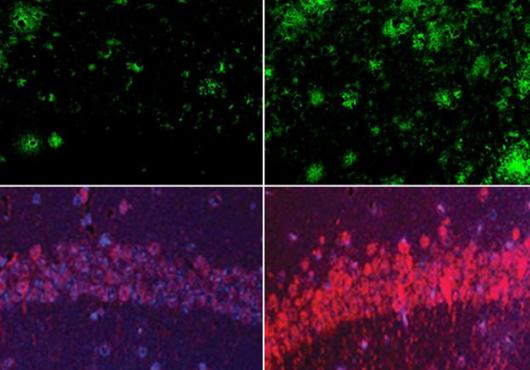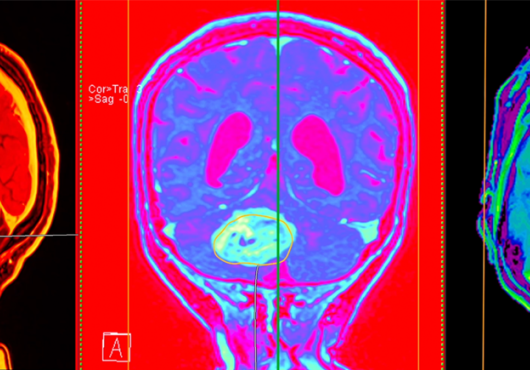
Patients coming to hospital emergency departments for acute asthma attacks in recent years received care that did not consistently meet nationally established treatment guidelines compared to 15 years earlier, according to a study led by Harvard Medical School investigators at Massachusetts General Hospital.
While hospitals improved their performance on most guidelines defining appropriate drug treatments for patients over the study period, hospitals did not do as well on several other guidelines. The study appears in the Journal of Allergy and Clinical Immunology.
Sign up for more Harvard Medical School News here.
“Asthma continues to be a significant health problem in the U.S., and while the improved ability of hospitals and other facilities to meet health quality guidelines for conditions such as heart attacks and pneumonia has been documented, changes in the quality of emergency asthma care have attracted less attention,” said Kohei Hasegawa, HMS assistant professor of emergency medicine at Mass General and corresponding author of the report. “We found that while emergency asthma care has become highly concordant with those guideline recommendations that are supported by strong scientific evidence, concordance with guideline-recommended care supported by weaker evidence declined. Our observations should encourage studies building more robust evidence for the latter.”
The current report analyzed data from three studies conducted by the Multicenter Airway Research Collaboration, a project of an international research consortium called the Emergency Medicine Network. Data from two studies enrolling asthma patients treated for acute asthma in the emergency departments of 48 U.S. hospitals between 1997 and 2001 were compared with similar data from patients seen in the same emergency departments in 2011 and 2012.
The investigators evaluated how well treatment delivered in each study period met treatment guidelines established by the National Institutes of Health in 2007. Those guidelines are ranked according to the level of supporting evidence provided by previous research studies. Guidelines backed by state-of-the-art clinical trials are ranked as level A, those with less conclusive support are ranked as level B, and those with the least evidence-based support are unranked.
Overall, the achievement of level-A guidelines, which define delivery of specific medications to patients with symptoms of particular severity levels, improved over the study period. But achievement of level-B and unranked guidelines—especially guidelines for assessing pulmonary function and for delivering timely care— declined to an extent that outweighed the overall improvement in level A recommendations.
Individual emergency departments differed in the extent to which non-level-A recommendations were met. Emergency departments in the South and West were significantly less likely to deliver fully guideline-compliant care than were those in the Midwest and Northeast. The study also found that patients whose care met all relevant guidelines were significantly less likely to need to be hospitalized.
“The reasons why non-level-A guidelines were less likely to be met are probably multifactorial and may be related to crowding in the emergency departments,” Hasegawa said. “We found a substantial increase in overall patient volume in these emergency departments over the study period, which agrees with several nationwide studies, and it is plausible that overcrowding may contribute to the decline in meeting guidelines that are based on weaker published evidence. Our observation supports the need for additional studies to identify any barriers to the delivery of high-quality asthma care and to build more robust evidence for the current non-level-A recommendations.”
The study was supported by a grant from Novartis Pharmaceuticals Corporation.
Adapted from a Mass General news release.


